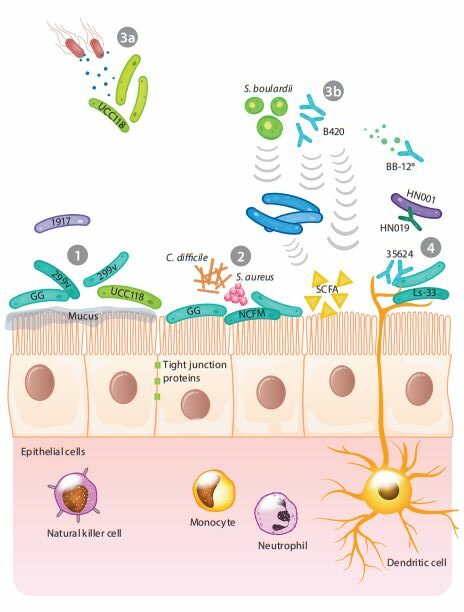The body of probiotic research, as well as probiotic use, is growing. Data from the 2012 National Health Interview Survey (NHIS) show probiotics to be the third most commonly used dietary supplement other than vitamins and minerals, and the use of probiotics quadrupled between 2007 and 2012. As public awareness of probiotics continues to expand, it is important for healthcare practitioners to increase their understanding of probiotic research and literacy surrounding probiotic definitions and use. In 2013, the International Scientific Association for Probiotics and Prebiotics (ISAPP) updated the definition of probiotics to “live microorganisms that, when administered in adequate amounts, confer a health benefit on the host.” This definition is consistent with the World Health Organization (WHO) and Food and Agriculture Organization (FAO) definition and helped to minimize confusion and bring clarity to researchers, consumers, industries, regulatory agencies, and healthcare professionals. For example, although fermented foods and commensal microorganisms in the gut may be sources for probiotic strains, until these strains have been clinically studied and adequately characterized for content, stability, and health effects at the sufficient amount, they cannot be called “probiotics.”
View full article: https://sanomedpharmacy.ca/wp-content/uploads/2021/08/Probiotics-Science-Review-3.pdf

